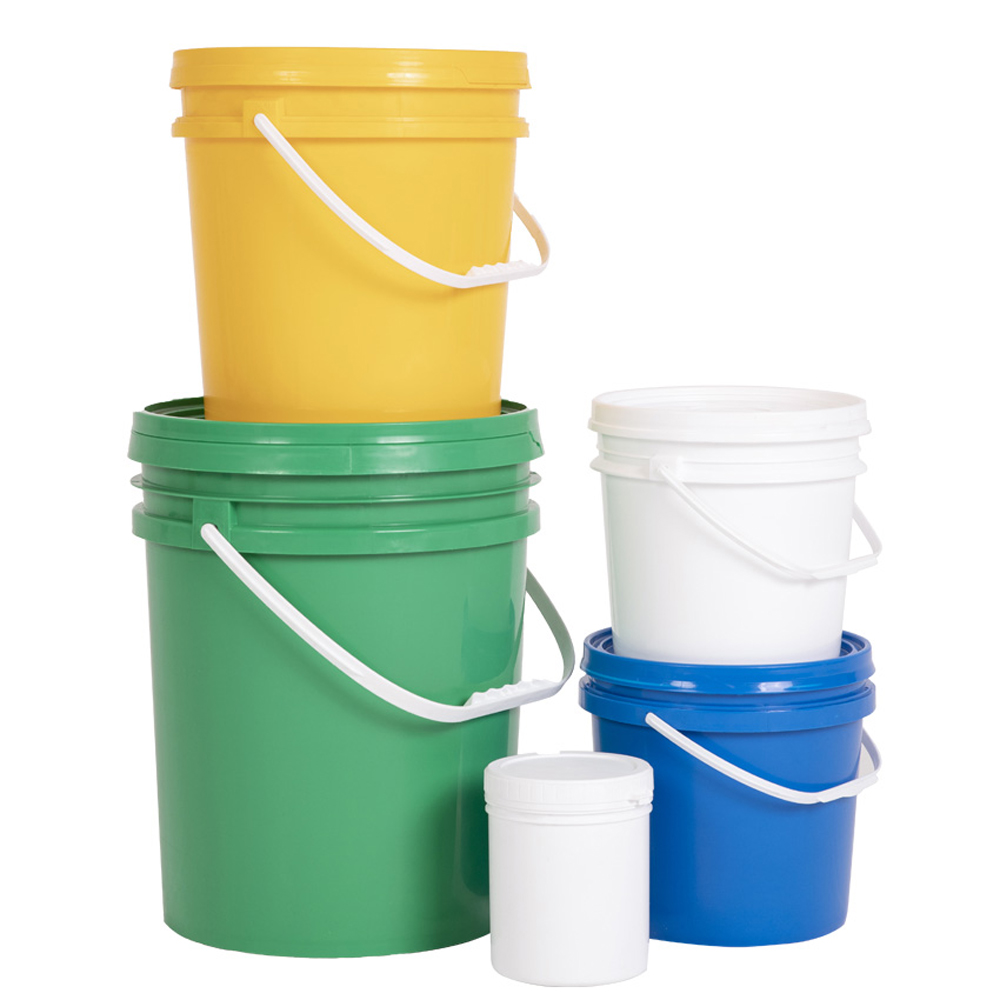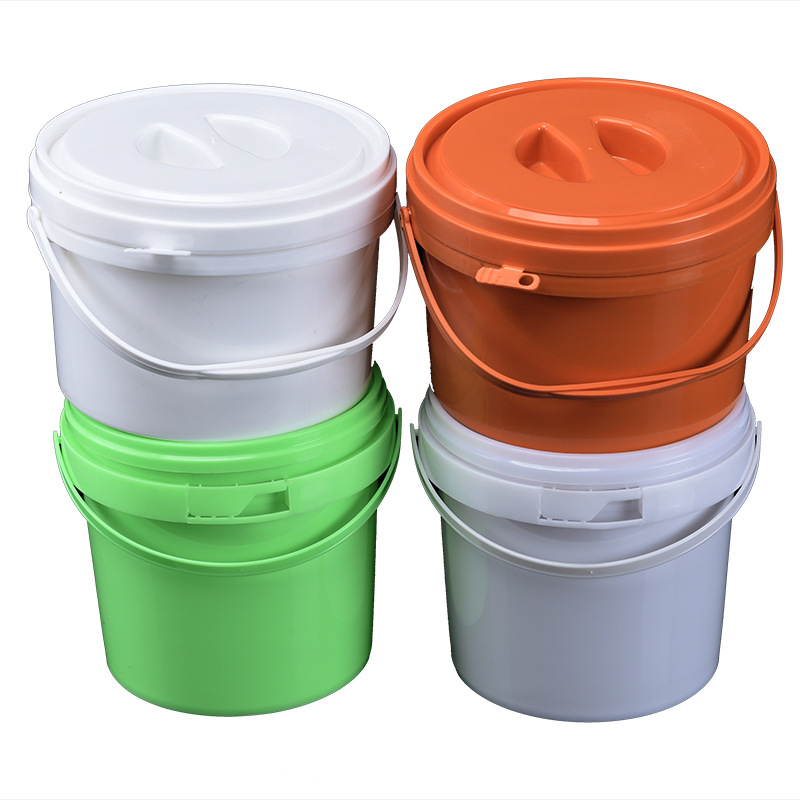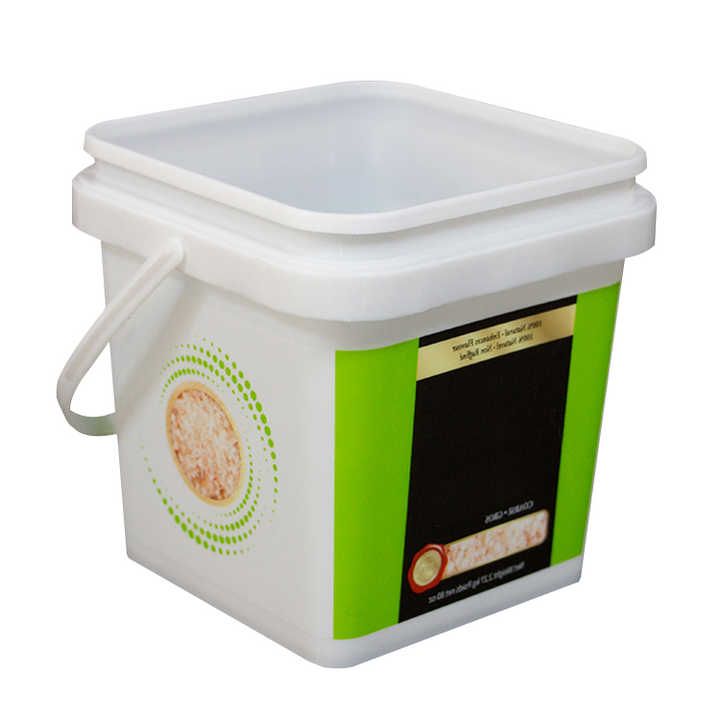
Lorem ipsum dolor sit amet, consectetur adipiscing elit, sed do eiusmod Lorem ipsum dolor sit amet consectetur adipiscing elit, sed do eiusmod lorem ipsum

Comprendre la différence entre les seaux de qualité alimentaire et les seaux ordinaires
Home Table des matières Introduction Les seaux de 5 gallons ne sont pas tous identiques, et cette distinction devient cruciale lorsqu'il s'agit de les utiliser.

Normes de qualité pour la production de conteneurs d'enrobage : Un guide complet
Analyse complète de la production de seaux à graines pour oiseaux en 2024, couvrant les matériaux, les processus de fabrication, les normes de sécurité et les pratiques de développement durable. Un guide essentiel pour les professionnels du secteur et les fabricants.

Fabrication de produits alimentaires : Guide de la production de seaux spécialisés
Créer sa propre boîte à bijoux est un projet créatif très satisfaisant, qui permet de disposer d'une solution de rangement personnalisée pour les objets qui vous sont chers.












